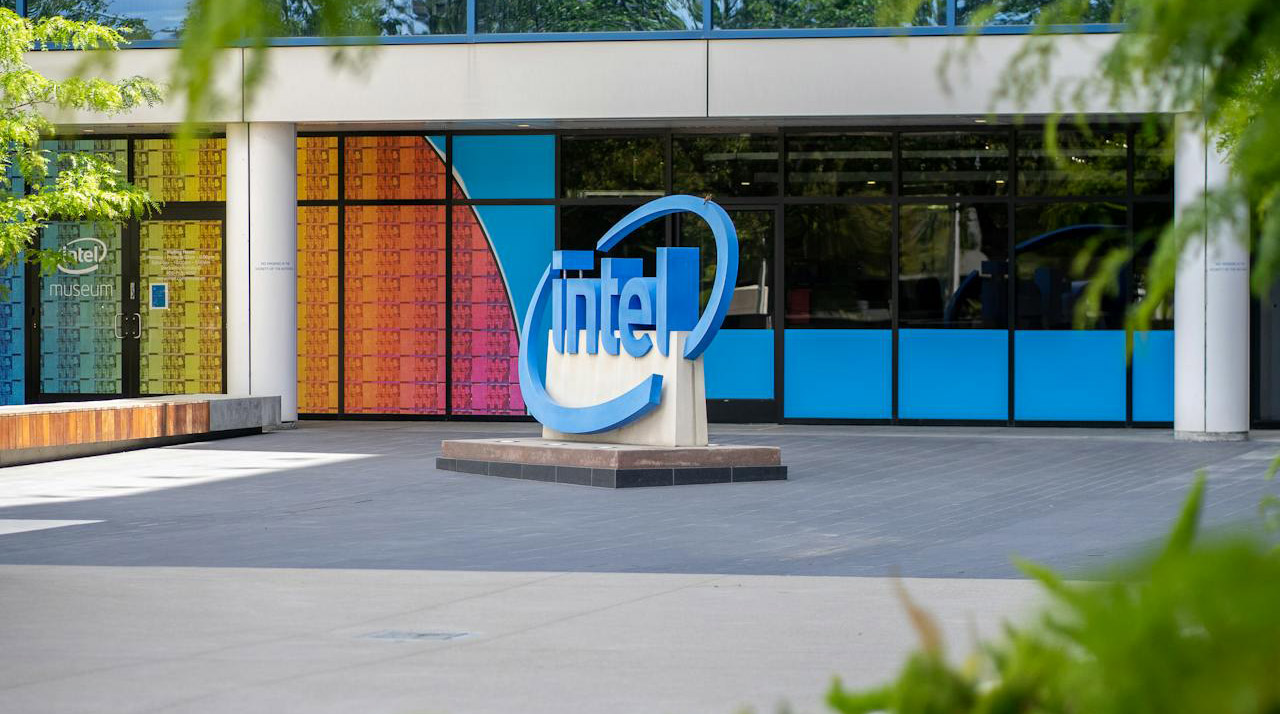In a scene straight out of a sci-fi movie, humanoid robots lined up alongside human athletes at the starting line of the Beijing Half-Marathon 2025. The event, held on April 19, 2025, marked the first public integration of AI-powered humanoid runners in a major athletic competition.
While these robots didn’t finish first, they certainly stole the spotlight—showcasing how artificial intelligence and robotics are pushing the boundaries of physical endurance, human-robot coexistence, and biomechanical innovation.
AI Meets Athletics: What Happened at the Beijing Half-Marathon?
Organized in collaboration with Chinese robotics firms and the Beijing Sports Council, the event featured four humanoid robots that ran a portion of the 21.1 km race. Each robot was equipped with:
-
⚙️ Advanced locomotion systems to simulate human stride
-
🧠 AI-powered navigation and obstacle avoidance
-
🔋 High-efficiency battery modules for sustained movement
-
📡 Real-time GPS tracking and biometrics monitoring
Though the humanoid bots were outpaced by human runners, they successfully completed pre-set segments of the race without error—impressing spectators and technologists alike.
Why This Matters: AI in Public Human Spaces
-
The Beijing Half-Marathon wasn’t just a race—it was a symbolic demonstration of human-AI synergy in public spaces. By entering a traditional human sport, these robots:
-
Highlight the progress of autonomous robotics in real-world settings
-
Offer a glimpse into future applications in physical labor, emergency response, and elderly care
-
Spark conversations about robot ethics, integration, and cohabitation
This was also a public test of the robot-human interaction dynamic, gauging public comfort levels and assessing safety protocols for AI operating in densely crowded environments.
-
Who Built the Robots?
The humanoids were developed by Chinese robotics firms such as:
Fourier Intelligence – Specializing in human-motion AI
Unitree Robotics – Known for bionic quadrupeds and now advancing into humanoids
Tsinghua University AI Lab – Provided the cognitive layer and real-time decision-making engine
Each robot was fitted with advanced AI movement prediction algorithms, enabling them to self-adjust speed, posture, and path based on real-time inputs from environmental sensors.
Future Applications of Humanoid Robotics
While today it’s marathon running, tomorrow it could be:
-
🧹 Public service bots in parks, airports, or stadiums
-
🏥 Medical assistants in hospitals
-
🚒 Search and rescue robots in disaster scenarios
-
🏭 Workforce automation in factories and warehouses
This half-marathon proves humanoid robots are no longer lab-bound prototypes—they’re becoming socially functional entities, trained to navigate and engage with real environments.
- All Posts
- AI Updates
- Apple
- Games
- Latest
- Movies
- Tech Stocks
- Upcoming Devices

Expedia Group accelerates its Middle East travel growth with a strategic launch in the UAE, forging powerful advertising partnerships and...

HP unveils its latest range of AI-powered PCs featuring deep Microsoft Copilot integration, designed to enhance productivity, creativity, and personalized...

Baidu debuts ERNIE 4.5 Turbo and ERNIE X1 Turbo, its most powerful AI models yet, aiming to lead China’s AI...

Microsoft launches the new AI-powered 'Recall' feature for Copilot+ PCs, offering users a searchable memory of their digital activity with...

Meta Description: Intel unveils its own AI chips to challenge Nvidia, shifting strategy from failed partnerships to in-house innovation aimed...

Stephen Fry’s AI-generated voice will feature in a new installation at Hay Festival 2025, exploring the future of AI and...





